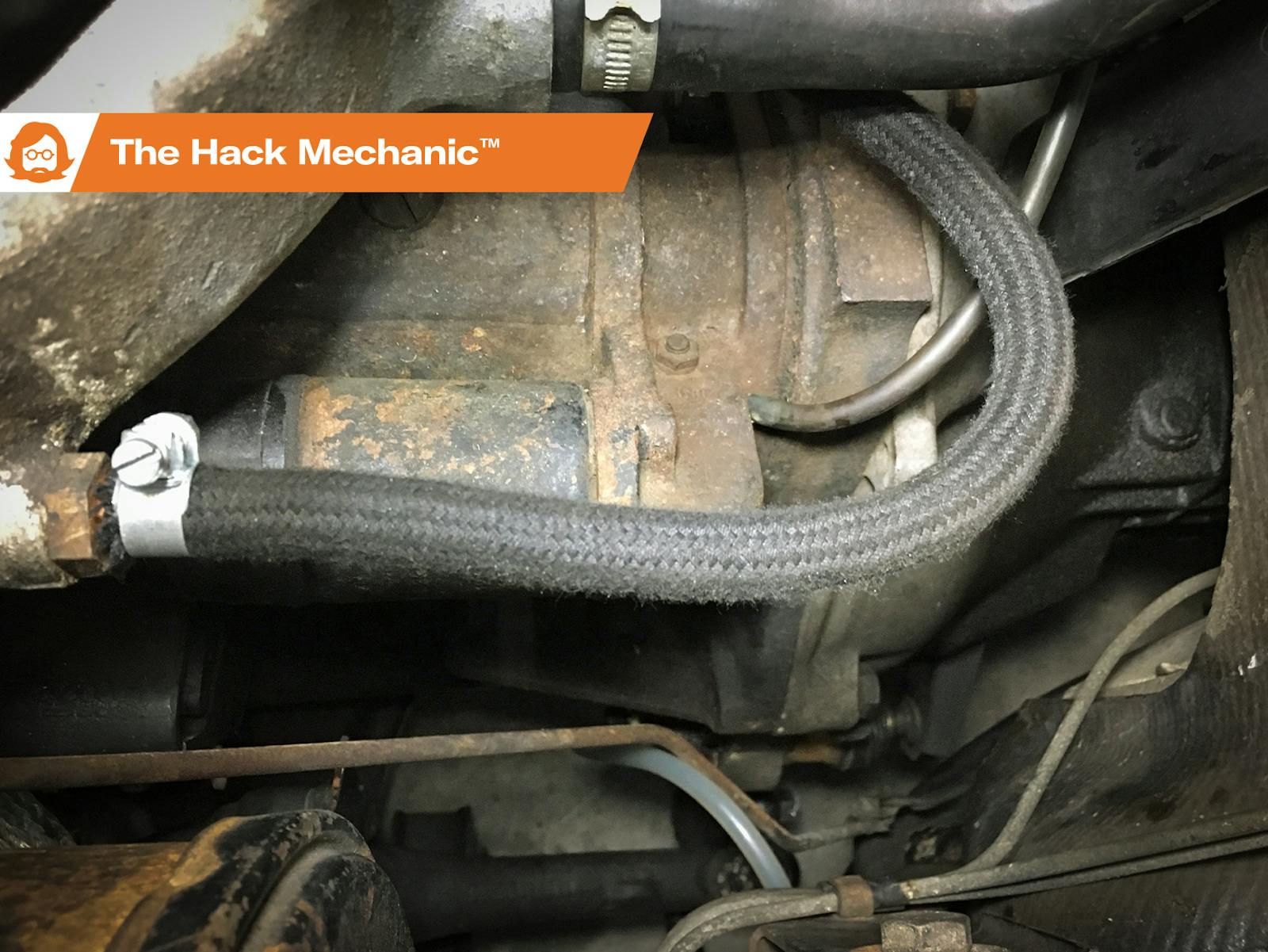What’s the charge? A Mustang’s vexing electrical issue

Douglas Lemmo writes: A year ago, I damaged the alternator on my 1966 Mustang 289, so I bought a rebuilt alternator from AutoZone. My in-dash ammeter and under-dash voltmeter showed the charging system to be working fine, but both gauge needles would spike from their normal positions, then immediately return to normal. They spiked many times per minute, almost vibrating. I took the rebuilt alternator to two different AutoZone stores and had it tested; both said it was fine.
So I swapped out the solid-state voltage regulator for the stock mechanical regulator, and I disassembled and cleaned all of the electrical connections from the alternator to the engine block and from the block to the car body. The needles still spiked.
If the engine hasn’t been run for a while, after start-up, the needles will show that the battery is being charged, without bouncing. After a few miles, the ammeter needle moves to the middle of its dial showing the battery is charged, and the voltmeter will show 15 VDC. Once they reach this point, though, the needles start to bounce. Last but not least, at night, the needles will bounce until I turn on the headlights—then they stop. What the heck is happening?
Folks often say, “It’s always the last thing you did,” and sometimes that’s true. Since you say that the problem appeared when you replaced the original alternator with an AutoZone rebuild, the cause certainly could be the replacement. Even though you had it tested at AutoZone, it’s not a specialty automotive electrical shop, so that’s not a definitive test.
Try to determine if it’s a problem with the charging system or just quirky gauges. The ammeters in these early Mustangs aren’t true ammeters that have all the current of the car flowing through them; instead, they’re shunt ammeters that measure the voltage drop across a short section of thin wire, and they can be notoriously jumpy. So take the ammeter and the under-dash volt-meter out of the picture for a moment and test the basic health of the charging system.
The alternator should put out 16 or 17 volts, but it’s the regulator’s job to knock that down by rapidly bringing the alternator in and out of the circuit. Use a multimeter set to measure DC voltage and put the leads across the battery terminals. It should read about 12.6 volts with the engine off. Then, start the car. With the engine running, it should read somewhere between 13.5 and 14.5 volts. Rev the engine. The reading should rise slightly. Turn on the headlights and blower fan. The reading should drop slightly.
If it passes these tests, then the charging system is probably fine. If the jumpiness is still present in both of your gauges but not on the multimeter, then it’s likely an issue in the wiring to the gauges.
If you’re not seeing proper charging at the battery, take a heavy-gauge wire with alligator clips at both ends and connect it from the “BAT” terminal on the back of the alternator to the positive battery terminal, and connect another thick wire from the case of the alternator to the negative battery terminal. If the system begins charging properly, you have a voltage drop issue in one of those two paths. If it still doesn’t show proper charging, I’d suspect your rebuilt alternator, and I’d recommend taking your original one to an old-fashioned auto electrical shop for a rebuild.
***
Rob Siegel’s new book, The Best Of The Hack MechanicTM: 35 years of hacks, kluges, and assorted automotive mayhem, is available on Amazon. Personally inscribed copies of any of Rob’s eight books can be ordered on his website, robsiegel.com.

